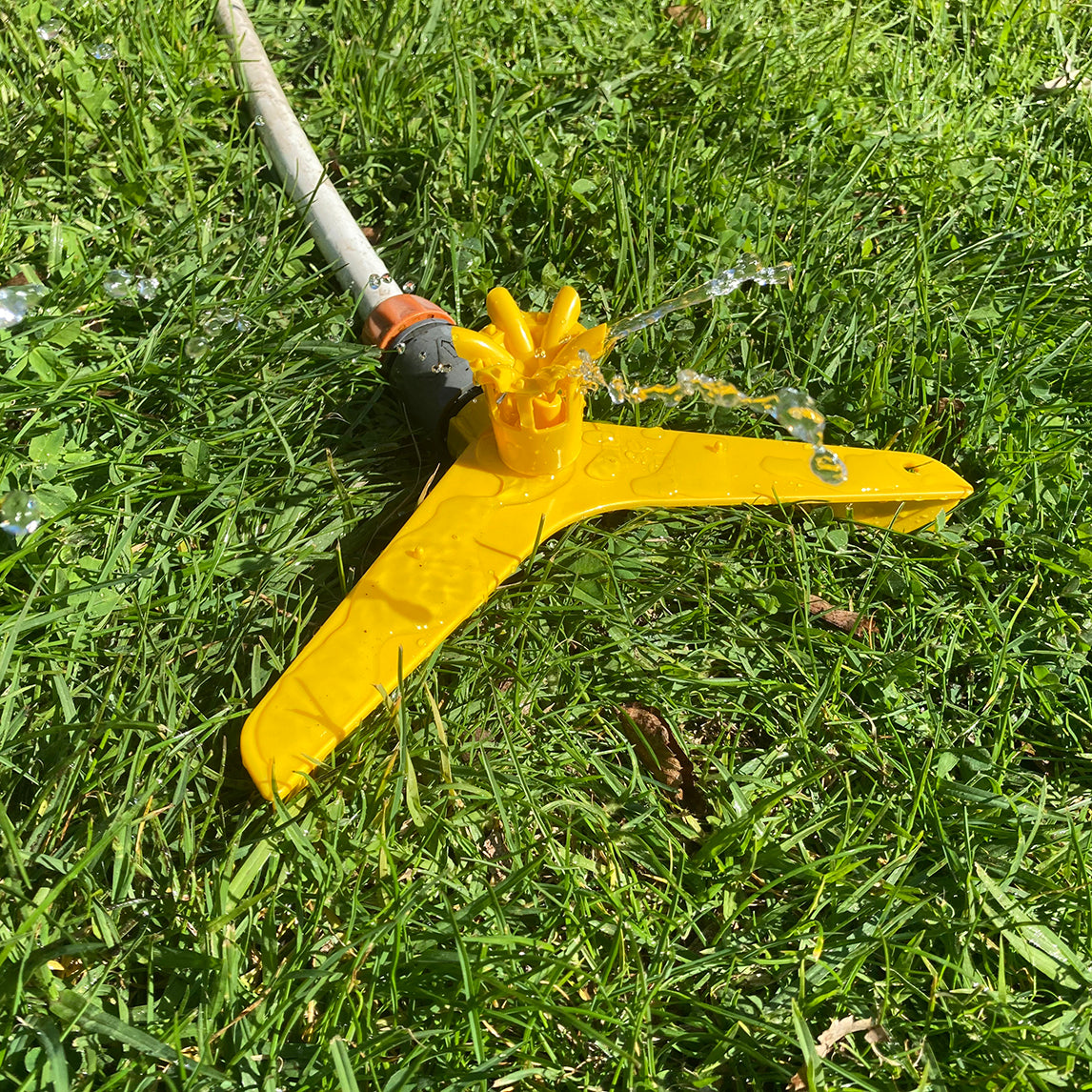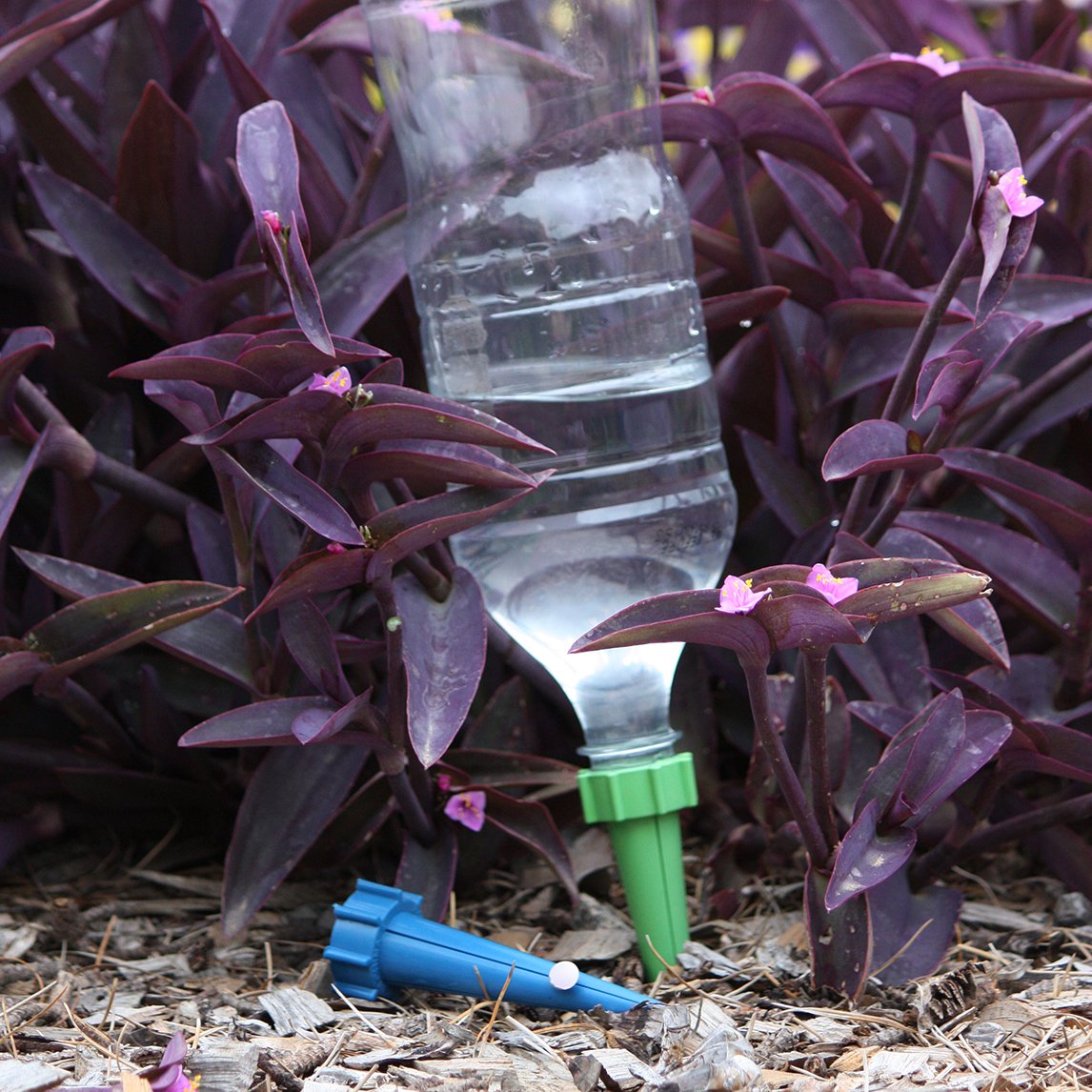
You don't need to live by the coast to experience the beauty of the coastal landscape. With the right combination of plants and hard landscaping features, you can create a coastal garden in your own backyard. To get started, follow these seven simple steps on how to plant a coastal garden.
1. Start with a plan
Most successful gardens start with a landscape design or rough plan. Use graph paper, or notebook to create a scaled drawing of your space. Outline the features and areas you would like to include from lawn, garden beds and pathways, to seating, water features, paving and rocks.
If working on a sloped site, consider also drawing a ‘side on’ perspective.
When designing your garden, you’ll need to consider the overall shape and design. Lines and forms are imperative to any coastal garden. Make sure the design feels spacious without being sparse.
Large gardens can incorporate curving paths and social areas. In small gardens keep it simple and include a few key focal points.
Consider shape and form in your design, opting for more curved shapes over harsh lines. Provide a visual balance with placement of structures and some repetition of plants.
2. Assess your local conditions
Knowing your site’s challenges and opportunities is vital for developing a suitable design. Conduct a thorough analysis of your site to determine the prevailing conditions for plant growth.
Consider soil type, topography and climate. Mark the areas of full sun and shade, patches that stay wet and those that remain dry. Label these on your plan. This will influence your design decisions.
Do a soil test to determine its structure to better help prepare the site for planting and plant selection.
3. Select hard landscaping elements
Coastal garden design embraces natural textures. Where possible use regional stone to increase the connection to the landscape and other textured, weathered, and natural materials.
Natural stone or crushed pebbles and gravel are perfect for pathways. Weathered timber sleepers are ideal for garden edging, seating and steps.
Adding boulders and other large rocks help to define areas, acts as impromptu seating or steps and acts as focal points in the landscape.
Windbreaks are common in coastal gardens, and the use of hedging helps to create a leafy backdrop. Raised gardens beds and tiered plantings are typical of a coastal style and provide a solution for poor soils and sloped sites.

4. Choose plants for your colour palette
A coastal garden should blend seamlessly with its natural surroundings, so a muted colour palette works best. Everything from hard materials to soft plants should working together to achieve a cohesive garden design and relaxed feel.
When it comes time to select your plants, take inspiration from the coast. Look at foliage and flowers with silver, grey, olive green, purple, white, blue and yellow working best.
Check what plants are considered environmental weeds in your area and avoid including these in your design. Your local council will have a list of weeds, as well as native and indigenous plants for your area. Consider including some of these to encourage local wildlife into your garden.
If planting on the coast, select low maintenance and hardy plant varieties that can withstand sandy soil and harsh winds. Native coastal plants usually feature plants with waxy, hairy, and leathery leaves cope well with salty winds.
To replicate the Australian coastal style, plant in large swathes, rather than planting a few varieties here and there, will create more visual impact. Playfully combine succulents and shrubs with strappy plants and architectural trees for focal points.
Consider the mature plant sizes when placing your plants so they don’t overcrowd and compete for resources. You'll use less plants too.
5. Create a to-do list
Turning a garden design into reality can take many months or longer. Develop a prioritised action plan for implementing your garden plan. This will help you to stay on track and stick to a budget.
Your action plan should include site preparation, the installation of hard landscaping features, soil improvements, planting, irrigation and the establishment of a maintenance plan.
Looking after a newly planted garden is important for establishing plants. The more work you put in early to water plants and control weeds, the greater the likelihood of your landscape thriving. Once the garden is established, it will require ongoing maintenance. Continuing your to-do list from construction through to ongoing maintenance is the key to long term success.
6. Use sustainable garden materials
Carefully select your garden materials like decking, soil, sand, mulch, pebbles, and rocks by asking suppliers if they were sourced sustainably. Where possible, opt for recycled materials to reduce landfill.
Some examples of sustainable materials is decking made from recycled plastic bottles, gravel sourced from a local quarry or repurposed rubble or a bench seat made from railway sleepers.
7. Build your coastal garden
It’s now time to implement your plan and create your coastal garden. Stick to the design to ensure you don’t make costly mistakes by planting or building something in the wrong spot.
With these seven steps to achieve a stylish coastal garden, you can create a garden that captures the essence of coastal living and style.









